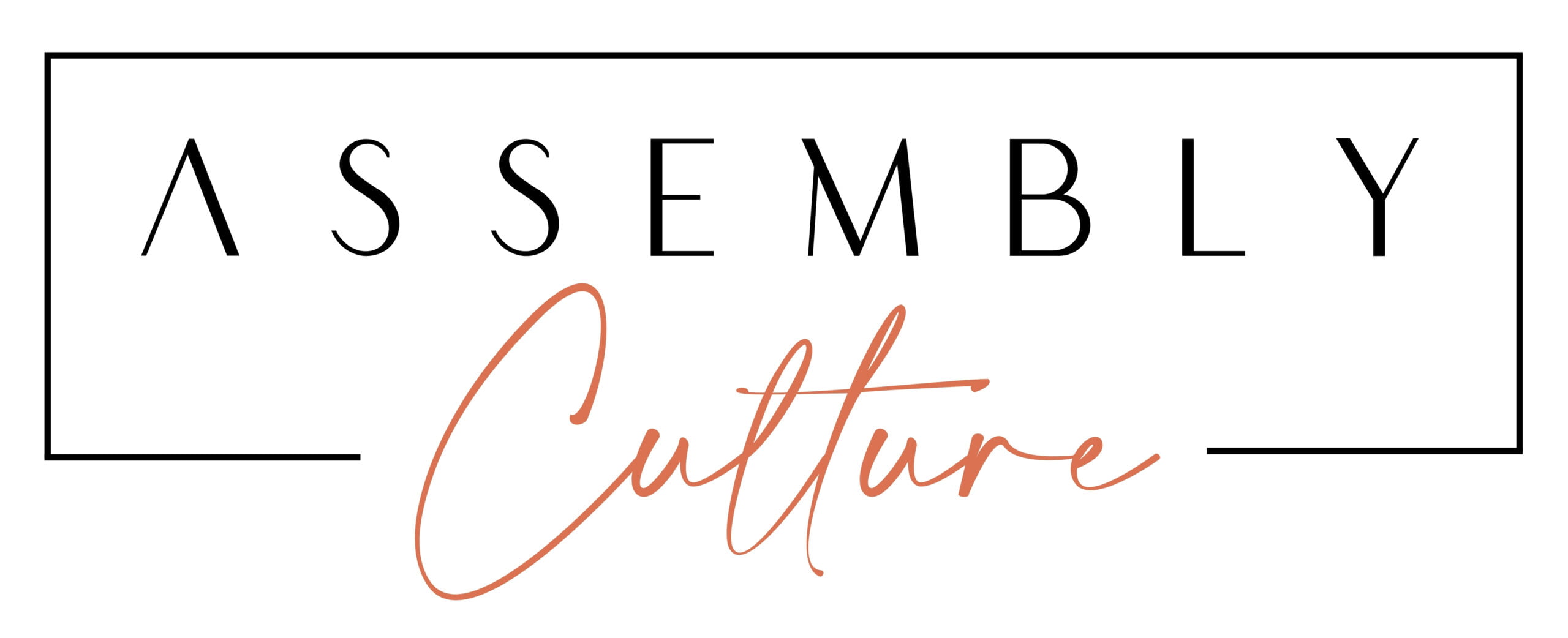[Part 2 of 3]
I hope you found Part One of this mini-series on toxic culture insightful. My hope is that it allowed for a few aha moments when reflecting on the leadership within your own organisation and how it may be contributing to a toxic culture. If you haven’t seen Part 1, click here to take a read.
Today we will be exploring another big influencer of toxic cultures in my experience, blind eyes.
Blind eyes are very common; the practices that for one reason or another cause people to shut-down and shut-up to the wrong-doings in the org. Perhaps it’s a lack of safety to raise the issues or poor behaviours, maybe it’s fear of retribution, or a simple belief that ‘it’s not my role’ or ‘I don’t get paid enough’ to deal with behaviours that are clearly not acceptable.
To have the blind eye turn up in the organisation, first there has to be behaviours that your people will choose to ignore, and these can come from multiple sources – perhaps brilliant jerks, the disengaged and dangerous, those in the ‘departure lounge’ and ready to leave or perhaps inadvertently, a leader who doesn’t have the skills to lead effectively.
The Blind Eye is multi-faceted; you are allowing folks to operate as they are in your workplace, resulting in risks to the organisations reputation, relationships, productivity and a workplace that has alot of fear and frustration. These operators create the level of acceptable behaviour by continuing to get away with their poor form – setting the tone for the rest of the team. And, letting this behaviour slip affects the people that want to do the right thing, ultimately resulting in disengagement and most certainly high levels of turnover.
Blind eye behaviour is often a protective measure for individuals, and leaders have a role to not only call out behaviours that are intolerable, but set up an environment for others to do the same safely.
Some questions I might ask to challenge the toxic enabler of Blind Eyes are:
- Where are poor behaviours most loosely managed? And for whom?
- What opportunities are there to ask for feedback from your people in safe ways?
- Where might a lack of safety be getting in the way of truth telling?
- Where are you building opportunities for people to connect better, challenge respectfully and provide feedback within the team?
Again, I encourage you to take a moment to reflect on these questions and perhaps examining your contributions to the culture.
See you back here soon, as we uncover how influencers in the organisation also play a large role in toxic culture in the organisation.
Have a question or would like to chat further? Connect with Lorissa on LinkedIn.




